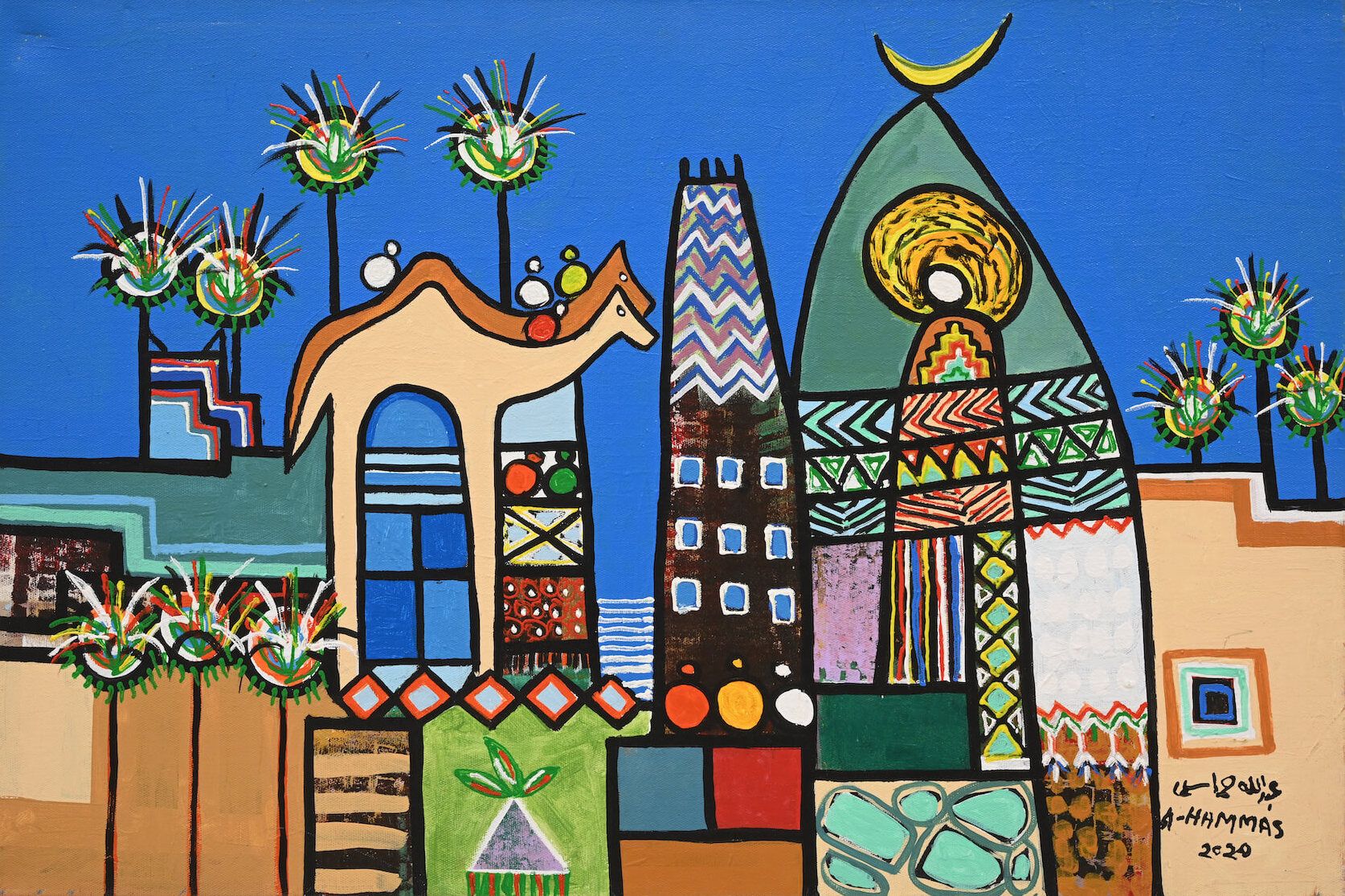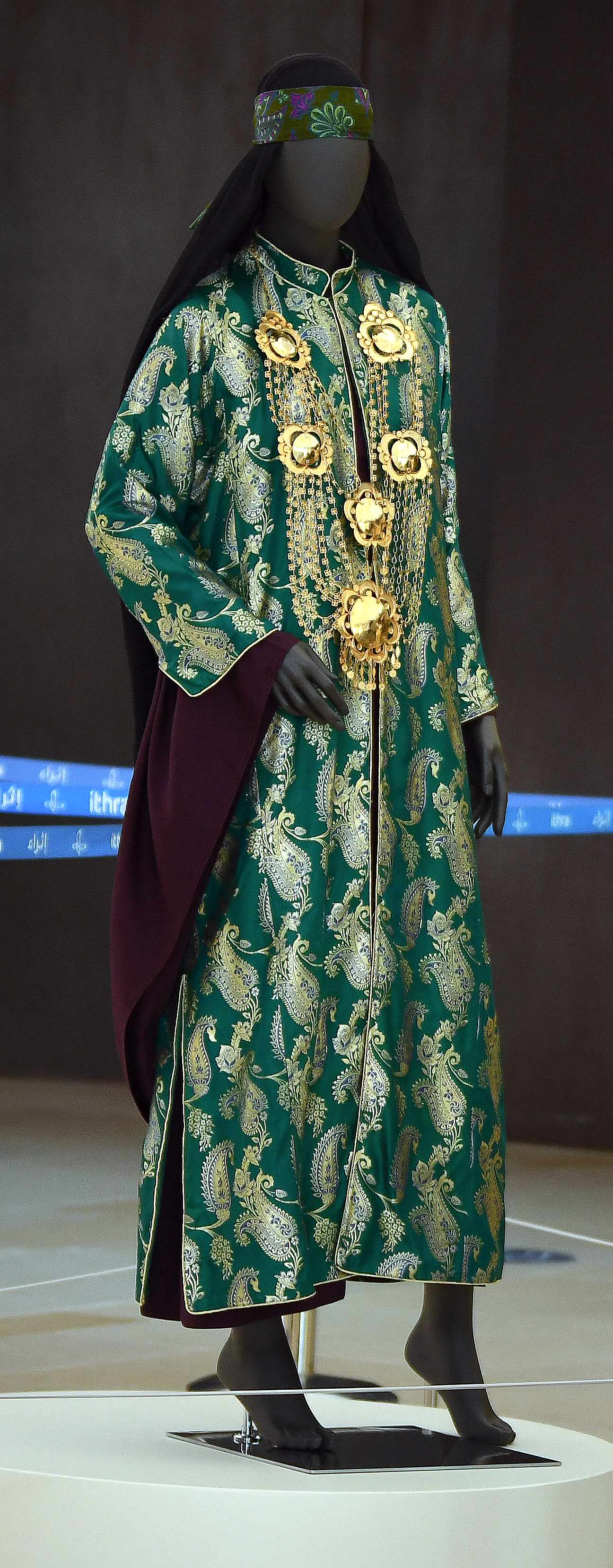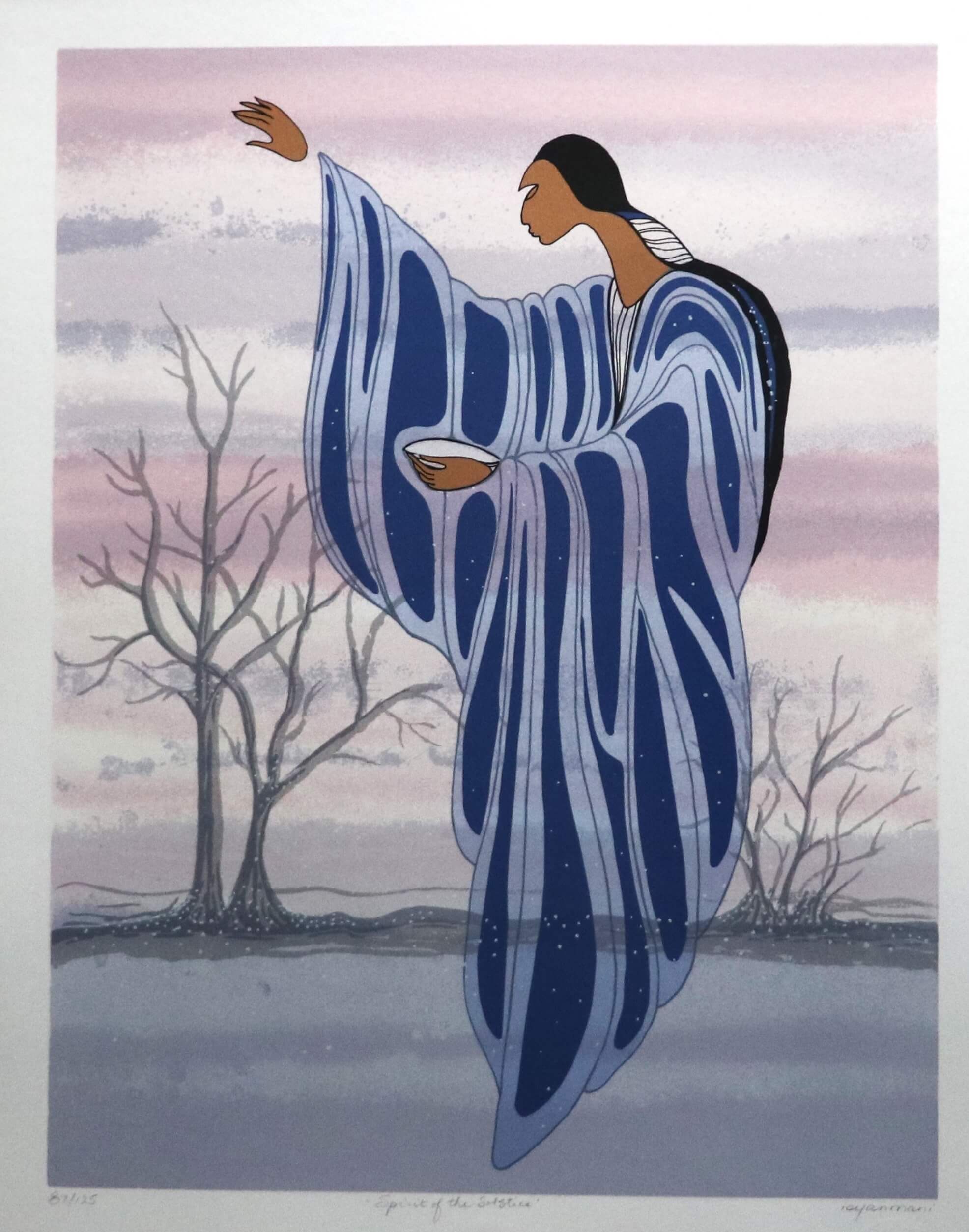Comfort in Popular Legacies
Colours of nature
With its bright and sometimes false colors, modernity has swallowed up legacies and emptied them of their meanings and spiritual significance. Like every confused entity, the soul wonders about the usefulness of legacies and about the meaning of clinging to them when it is all too easy to abandon them. Still, there is consolation for the soul because of its belonging and affiliation to authentic legacies, which resist emptiness by touching on history and intangible culture. Like water that quenches thirst, Sadu and its history are felt by the Arabian Gulf people.
The story of Sadu House began in the seventies in the Al Marzouq family home, before the name Sadu House took over. Bedouin women used to gather there with the women of the community, to interact with them and work in weaving Sadu for many years, until the 1990s came, bringing with it questions about how to transfer the aesthetics of Sadu to future generations. A cooperative craft society was established under the auspices of the Ministry of Kuwaiti Affairs, to hold on to the fringes of Sadu so that it would not disappear with the past or irrevocably change in the future, but rather maintain a beautiful memory that makes its members cherish a history to which they belong.
The Sadu House does not only contain Sadu, but it carries a history that is 78 years old, since it was built of clay and was destroyed by sea waves several times, only to finally be built of cement in order to withstand and last. Then it was affected by the brutal Iraqi invasion of Kuwait, restored again, and all these times Sadu proved to us that it is a heritage that has come to stay. In order for Sadu House to capture the essence of this heritage, it tells its story in its museum as well as school art programs, and practices the process of reviving it in its activities that go beyond the boundaries of Sadu House.
For Sadu to maintain its presence, it must not be carried away by our personal impressions and visions of it. Memories that drift with the mood of their owner turn into a vulgar, gelatinous thing that carries no value or stability. This is why Sadu linguistically refers only to fabric that is woven using the traditional method of making Sadu. Tradition transfers authenticity to the future, so that we derive our cultural identity from it. If its rules move and change, identity in turn will turn into something fluid. But time itself is changing. If Sadu maintains its essence, its importance will certainly increase with time.
In the past, Sadu was a necessity, and its symbols went beyond artistic boundaries. For example, Bedouin women used to teach it to their daughters from the age of nine, so that the girls would work on their own Sadu in preparation for marriage and brag about it in the marital home as evidence of their skill and creativity. It symbolized social status, as the pieces and engravings of the poor were completely different from the pieces and engravings of the rich. Some symbols were engraved on the Sadu itself to establish its history and existence (the image of the Dallah). However, in the present, modern man preserves the essence of the Sadu by using various things such as meditation, rest, and a tool to facilitate living, such as using a piece (Kharj) to store clothes and belongings. As time progresses, the present continues to imitate the past and complete its chapters.
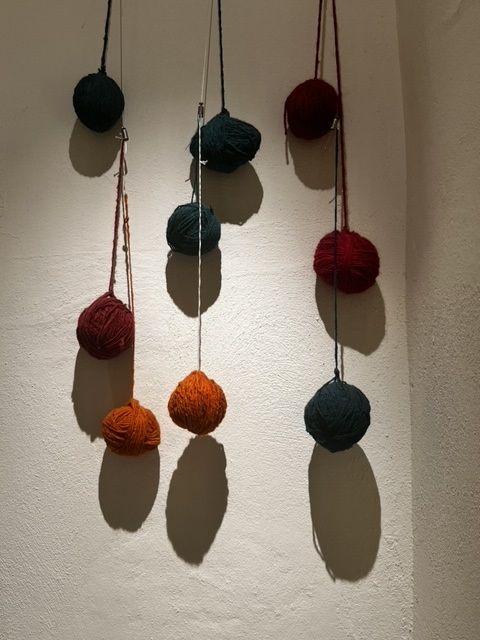
Colours of nature
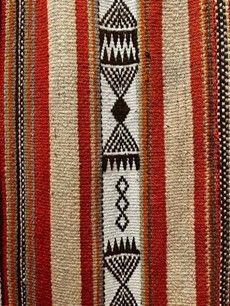
The spirit of Sadu

Proportion and regularity
Sadu reflects the past in its essence and reflects the desert identity in its appearance. Every shape and symbol is full of natural, cultural and climatic diversity of the Arabian Peninsula. The Sadu House Museum contains many pieces that show the meanings and symbols of Sadu in its displayed pieces. In the woven piece of Al-Fajah with a tree pattern in the middle, which was woven 73 years ago, we can see the “Dallah” as a symbol that reflects the Bedouin culture of hospitality and generosity. The inscriptions used are mainly simplified geometric shapes, which are essentially based on the principle of symmetry and regularity, indicating the desert man's familiarity with nature and the monotony of its transformations.
Weaving methods and models vary, which depend on the method of preparing and collecting the warping threads and attaching them to the warp, and the beauty of the various pieces has increased due to the development of the weaving technique. There is the flat and simple weave, which is considered one of the simplest types of knitting, as the face and back of the fabric are the same. This design uses threads of sheep's wool, goat hair, camel hair, and cotton, and this fabric has all the natural desert colours.
While the snapshot style differs, the work on the patterns is more complex, as it is woven by wrapping a group of warp threads together with the weft thread, and the weft appears only on the face, in contrast to the simple weaving style. There are many styles and types of fabric, and despite their differences, these weaving threads continue to link Arab and Western cultures.
All Sadu weavers have their own environment, which wove for them a special fabric of their cultural identity. The Gulf desert was characterized by sheep's wool, goat hair, and camel hair, while Egypt was famous for its soft cotton and linen fabric. Meanwhile China wove silk due to their discovery of the silkworm, and Thailand is close to China due to its environmental similarity.
There are no limits to the differences in methods and ways, as well as names. While the Bedouins call their embroidery “Sadu”, in Damascus it is called “Aghbani”, which was made from natural silk found in the Syrian environment. In the Jordanian environment, the traditional dress is called “Madraka”, derived from the verb darqa, meaning to cover. Palestinian embroidery is called “Roman” or “Monastic”. The women of Palestine are similar to the Bedouins of the Gulf in learning to sew from a young age, and the women of each village learn the decorative forms used in embroidery that indicate the Palestinian village identity, and with innovation in embroidery, the basic structure is preserved.
Arabs differ in the names and manifestations of Sadu, yet their essence is united. The natural affiliation to the land is what has shaped the authentic face of our non-material culture of knitting and embroidery. Modernity cannot erase originality, nor distort it, so long as the roots are tied to tradition, like the roots of the olive tree in Palestine for nearly 600 years. This culture of ours yearns for us by affiliation and belonging to an identity whose beauty rests in its core and exterior. It comforts us every day, lest we become empty and fleeting, having no land or homeland.

Spinning the meaning
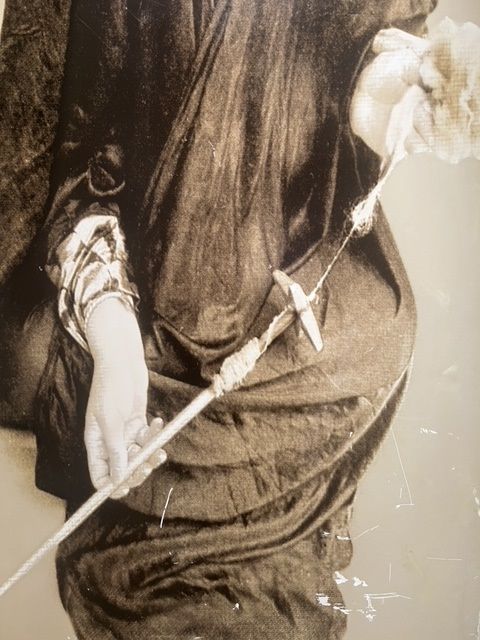
Karakish Al Kharj

Fajatu Dallah
